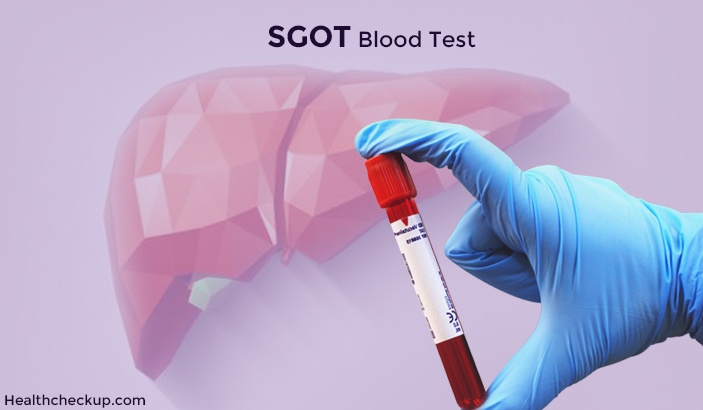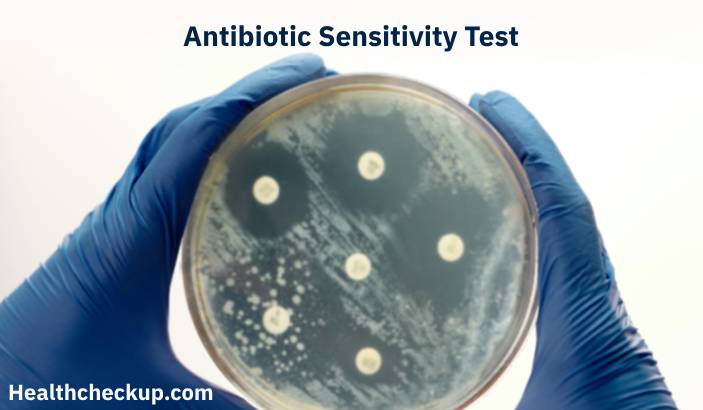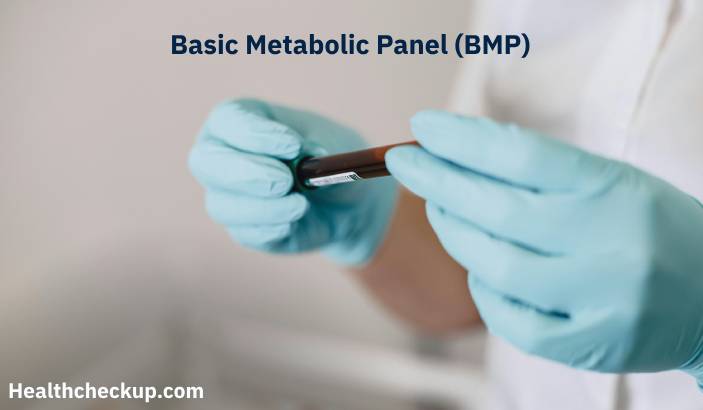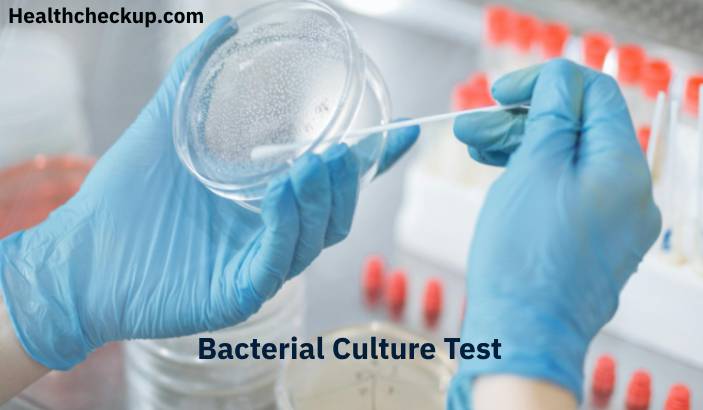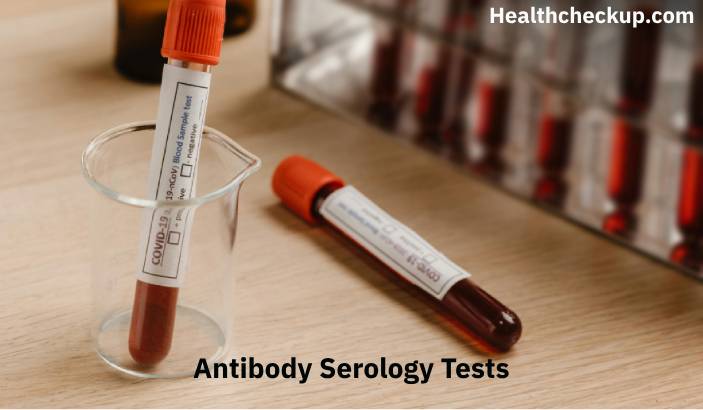The liver plays an extremely important role in carrying out a variety of metabolic processes in the body as well as synthesis and secretion of different types of enzymes which enable normal functioning of the body.
Out of the different types of enzymes which the liver produces, SGOT and SGPT are two such enzymes which are synthesized and released into circulation when there is any kind of damage to the liver cells and tissues.
What Is SGOT And Its Full Form?
SGOT stands for serum glutamic oxaloacetic transaminase. It is also known as aspartate aminotransferase (AST).
This enzyme is present in the liver as well as kidneys, heart, muscle tissues, pancreas and also in small quantities in the red blood cells. Damage to red blood cells or to the cells of organs where SGOT is found causes its release into circulation.
SGOT is found more in the heart muscles than in the liver, therefore, levels are significantly increased during myocardial infarction.
The purpose, therefore, of performing a blood test for SGOT is to assess the degree or extent of cellular damage to the organs or muscle tissues.
SGOT Blood Test May Be Advised By The Doctor In The Following Clinical Conditions
- Jaundice
- Hepatitis – Viral and Drug Induced (inflammation and infection of the liver)
- Hepatocellular Necrosis (death of liver cells)
- Liver Cirrhosis (an end-stage liver disease)
- Alcoholic liver disease
- Acute Kidney Injury (Acute Renal Failure)
- Chronic Renal Failure (End Stage Kidney Disease)
- Myocardial Infarction (Heart Attack)
- Congestive Heart Failure
- Damage or Necrosis (cell death) of Muscular Tissues
- Acute Pancreatitis
- Severe Burns
- Acute Hemolytic Anaemia (Unusual and Excessive Destruction of Red Blood Cells)
SGOT May Also Be Raised As A Result Of The Following
- Alcoholics and illicit drug users
- An overdose of Over The Counter (OTC) medications like acetaminophen
- Erythromycin Injections
- Para-aminosalicylic Acid
- Repeated Intramuscular Injections which damage muscular tissue
- Use of opiates especially in patients who have a non-functioning or absent gall bladder may show a transient rise in SGOT.
- Studies have reported an unusual rise in SGOT levels in apparently healthy people after vigorous exercise.
In absence of a cardiac condition, SGOT blood test is generally advised along with testing of other parameters of the liver function such as SGPT (ALT), serum bilirubin levels – both conjugated and un-conjugated, alkaline phosphatase and serum proteins including serum albumin and globulin.
The purpose therefore of performing an SGOT blood test is to let your doctor diagnose a liver, kidney or a heart condition which may be causing SGOT to leak into circulation. Further laboratory or radiological tests may be advised if SGOT levels are found higher than the normal range.
[Read – Natural Ways To Reduce High SGOT and SGPT Levels]
How Do You Prepare For The Test?
An SGOT blood test is a simple, fairly harmless procedure and does not require any specific preparation such as fasting or discontinuation of medications.
Certain preparations Can Be Done By Patients To Ease The Blood Test Process Though
- Drink plenty of water overnight before going for the test as it makes your veins plump and easier to find.
- Wear loose clothing around the forearm so that it is accessible without much struggle.
Patients Who Have Undergone The Test May Observe Discomfort Such As
- There may be a slight throbbing sensation at the site of needle prick which goes away within an hour or so.
- Some people may also notice slight bruising at the site. This is completely harmless and goes away within 2-3 days without any treatment or creams.
How Is The Test Performed?
- SGOT blood test requires blood collection preferably from the forearm in front of the elbow joint.
- A tourniquet will be tied to the arm above the site from where blood has to be drawn.
- The area is cleaned with alcohol.
- A sterile syringe is used to collect blood. Please ensure that the syringe is unpacked in your presence.
- You may feel the pinprick sensation when the blood is being collected. It hardly takes less than a minute to collect the blood sample.
- The blood sample collected will be packed in a small vial and sent to the laboratory for testing.
- After collecting the blood sample, a small cotton swab will be placed at the pricked site. You are supposed to apply gentle pressure for at least a minute over that site to stop blood from oozing out.
- It may take at least a day to receive your test results.
- Unless the patient is admitted to the hospital for some illness, he/ she can resume normal activities after the test is done.
SGOT Levels
Normal Range – 0 – 31 IU/L
Normal range may vary with the type of technique used and may be slightly different in different laboratories.
High Range – SGOT levels greater than 40 units/ L in both males and females may be present in cases of a deranged liver function, kidney disorders, muscular injury or cardiac conditions. Higher levels may be found in patients who have had a heart attack.
[Read – High SGOT and SGOT Causes]
Results And Interpretation
The Concentration of SGOT in Serum Depends upon The Following Parameters:
- The amount of SGOT present in a normal or injured tissue
- The rate of cellular release of SGOT
- The rate of its removal from circulation
Since SGOT is found more abundantly in the heart tissues than in liver, a sharp rise in SGOT can be seen during myocardial infarction for the first 24 hours.
The counts decline and regularize by 3-5 days. The degree of cardiac muscle damage can be correlated with the extent of the rise in SGOT levels.
SGOT Level Greater Than 350 – Can be found in massive myocardial infarction (often fatal) and is associated with high mortality.
SGOT Level Less Than 50 – Myocardial infarction with low mortality
In presence of muscular injury or liver and kidney diseases, other clinical parameters such as liver function test and kidney function test correlate with a rise in SGOT levels.
Dr. Himanshi is a Homoeopathic consultant and currently working as a lecturer in Post-graduate faculty of Homeopathy, Parul University, Vadodara. Completed BHMS and MD in Homeopathy in January 2018 and also has a clinical experience of about 6 years. Personal interests include reading, spending time with family and traveling.


